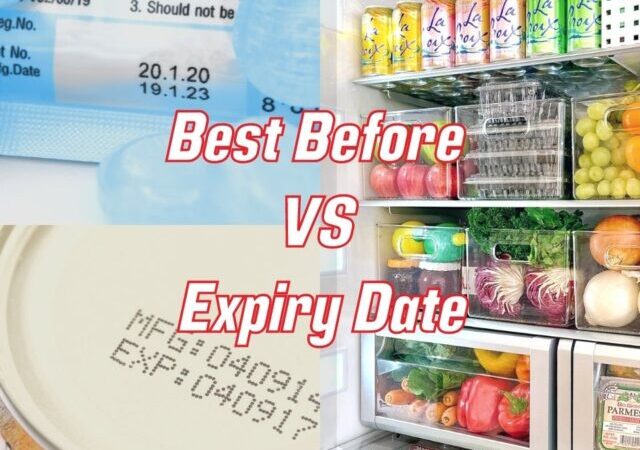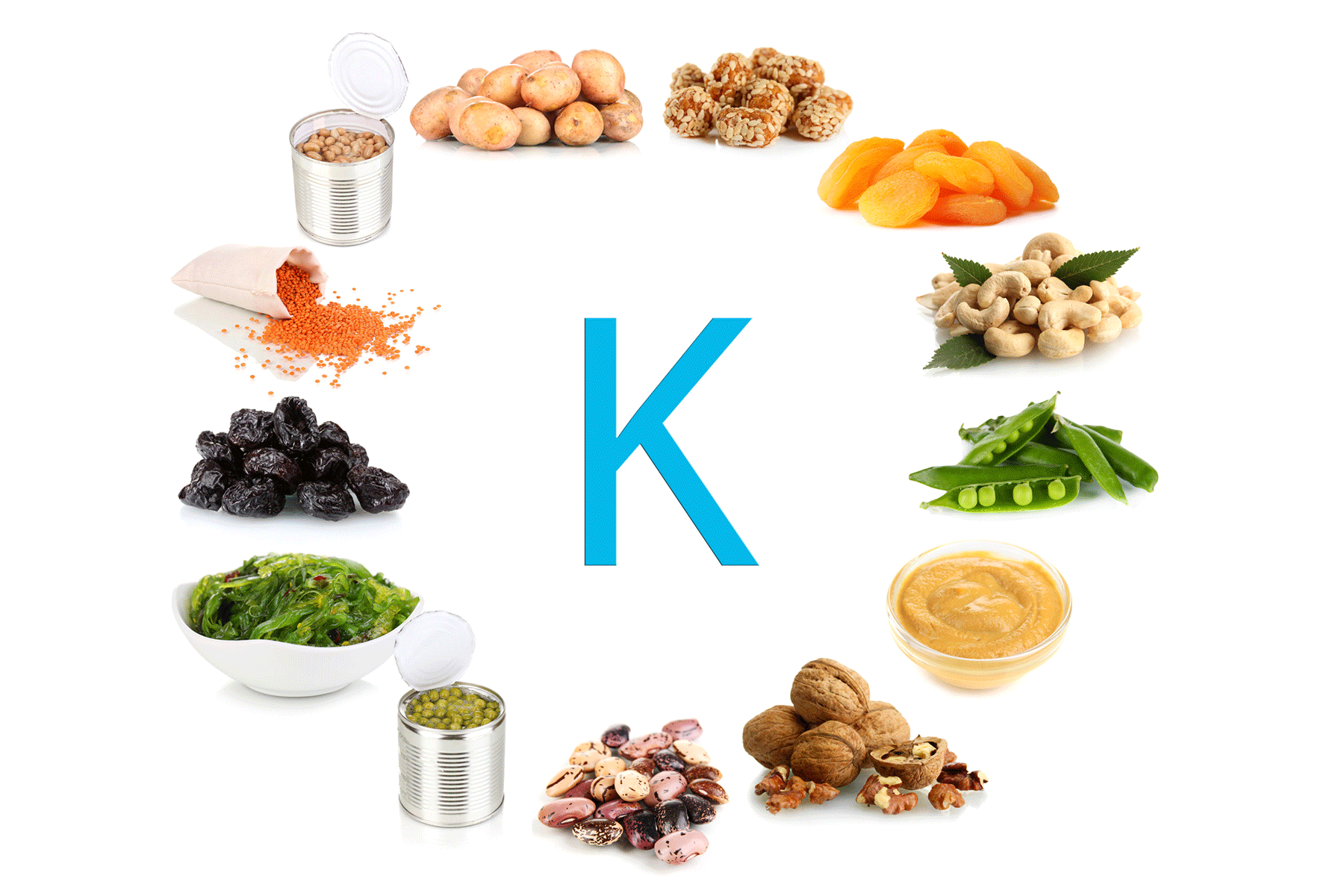In India, food date labels play a key role in food safety management and reducing waste. Terms like “best before’, ‘expiry, ‘use by’, and ‘manufacture date’ often confuse, leaving consumers unsure about what’s safe to consume after a printed date. Misunderstanding these labels can lead to unnecessary food disposal, financial loss, and health risks.
To address these challenges, the Food Safety and Standards Authority of India (FSSAI) implemented the Food Safety and Standards (Labelling and Display) Regulations in 2020. Under this regulation, food labels must display the manufacturing date, expiration date, and, optionally, the best-before date. If a product’s shelf life depends on specific storage conditions, labels must also include those instructions. Here’s a look at what each of these date labels means, how they promote food safety, and why understanding them can help reduce food waste.
Best Before Date: Quality, Not Safety

The ‘best before’ date indicates a product’s peak quality rather than its safety. This date tells consumers when a product is expected to offer the best flavour, texture, and freshness. Items like pasta, cereals, and canned foods typically carry a ‘best before’ label. These products might still be safe to eat after their best-before date, but they may not taste as fresh.
Many foods with a best-before date remain safe if they show no signs of spoilage. For example, pasta or cereal that is slightly past its best-before date may not be as fresh, but it is usually still edible if stored correctly. Some foods, like juices, may lose some nutrients, such as Vitamin C, over time.
Expiry Date: A Firm Deadline for Safety

The expiry date is a strict deadline that signals the last day a product is safe to consume. Products with expiry dates may pose health risks if eaten after this date due to potential bacterial growth or nutrient degradation.
Dairy, meat, infant formula, and certain supplements typically have expiration dates. Eating these items after the expiration date can be risky, especially for perishables. For instance, yoghurt a week past its expiry date may look fine but could contain harmful bacteria. Unlike the best-before date, the expiry date acts as a clear safety marker, especially for high-risk foods.
Tips for Managing Food Based on Date Labels
Understanding date labels can help consumers reduce waste, save money, and avoid health risks. Here are some practical tips for effective food management:
- Regularly Check Dates: Frequently review the dates on pantry, fridge, and freezer items to prioritize items nearing expiration.
- First In, First Out: Rotate older items to the front when restocking to use them first.
- Plan Meals Around Expiring Items: Prioritize items close to their expiration date when planning meals to prevent waste.
- Follow Storage Instructions: Store food as recommended and refrigerate or freeze perishables to extend their shelf life.
Reducing Food Waste by Understanding Date Labels
Food waste is a major global issue, and understanding date labels can significantly reduce waste. Here are some ways to cut down on waste through smart food management:
- Organize Your Pantry and Fridge: Keep items with closer expiry dates in easy-to-see spots to ensure they’re used in time.
- Repurpose Leftovers Creatively: Transform leftovers into new dishes or snacks to prevent them from going to waste.
- Share Excess Food: If you have perishables nearing expiration, consider sharing them with friends or family.
- Donate to Food Banks: Many food banks or charities accept non-perishable items within their best-before date.
Common Misconceptions about Date Labels
Consumers often confuse best-before and expiry dates, which can lead to food waste or health risks. A common misconception is that food becomes unsafe immediately after its best-before date. This misunderstanding may cause people to throw away food that is still safe. On the other hand, some mistakenly assume that expiry dates offer flexibility, which can be hazardous if expired products are consumed.
Understanding these distinctions helps consumers make informed choices. For instance, while dry pasta remains edible after its best-before date, milk should not be consumed past its expiry. By learning these differences, consumers can make better decisions, reduce waste, and minimize health risks.
Factors Affecting Shelf Life
Several factors affect a product’s shelf life beyond the printed date. Storage conditions, environmental exposure, and packaging all play significant roles in determining how long a product lasts. For example, temperature and humidity impact food longevity, and proper packaging helps extend shelf life by protecting food from light, air, and moisture.
Regulations require manufacturers to include storage instructions if specific conditions affect a product’s shelf life. This guidance enables consumers to store items correctly, ensuring they stay safe and of high quality for as long as possible.
Conclusion
Food date labels, especially best-before and expiry dates, provide essential information for managing food quality and safety. While the best-before date indicates when food will be at its highest quality, the expiry date serves as a boundary for safety. Understanding these labels and adopting smart food management habits can reduce waste, maximize grocery budgets, and ensure food safety. A useful rule to remember is, “When in doubt, throw it out.” By promoting awareness and responsible consumption, we can create a safer and more sustainable approach to food.
 Food Manifest
Food Manifest 


















